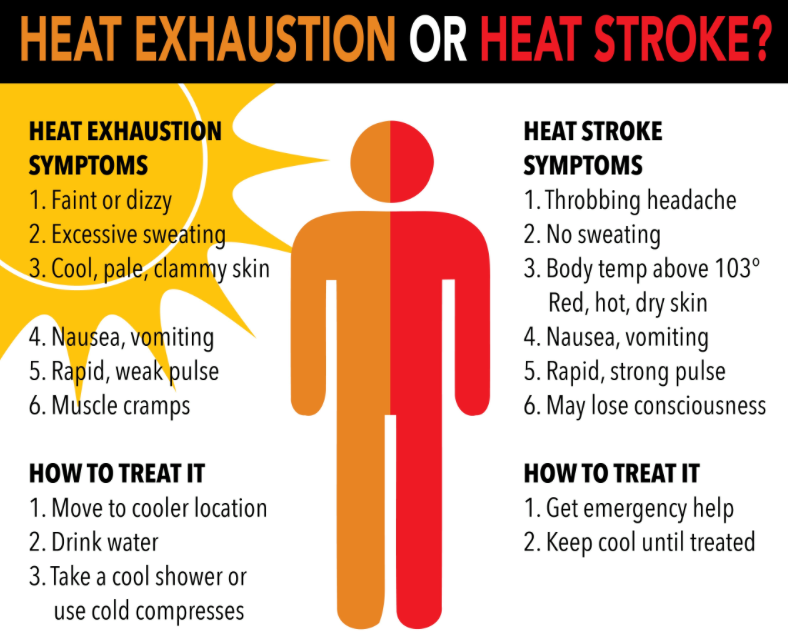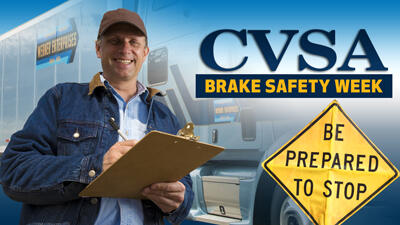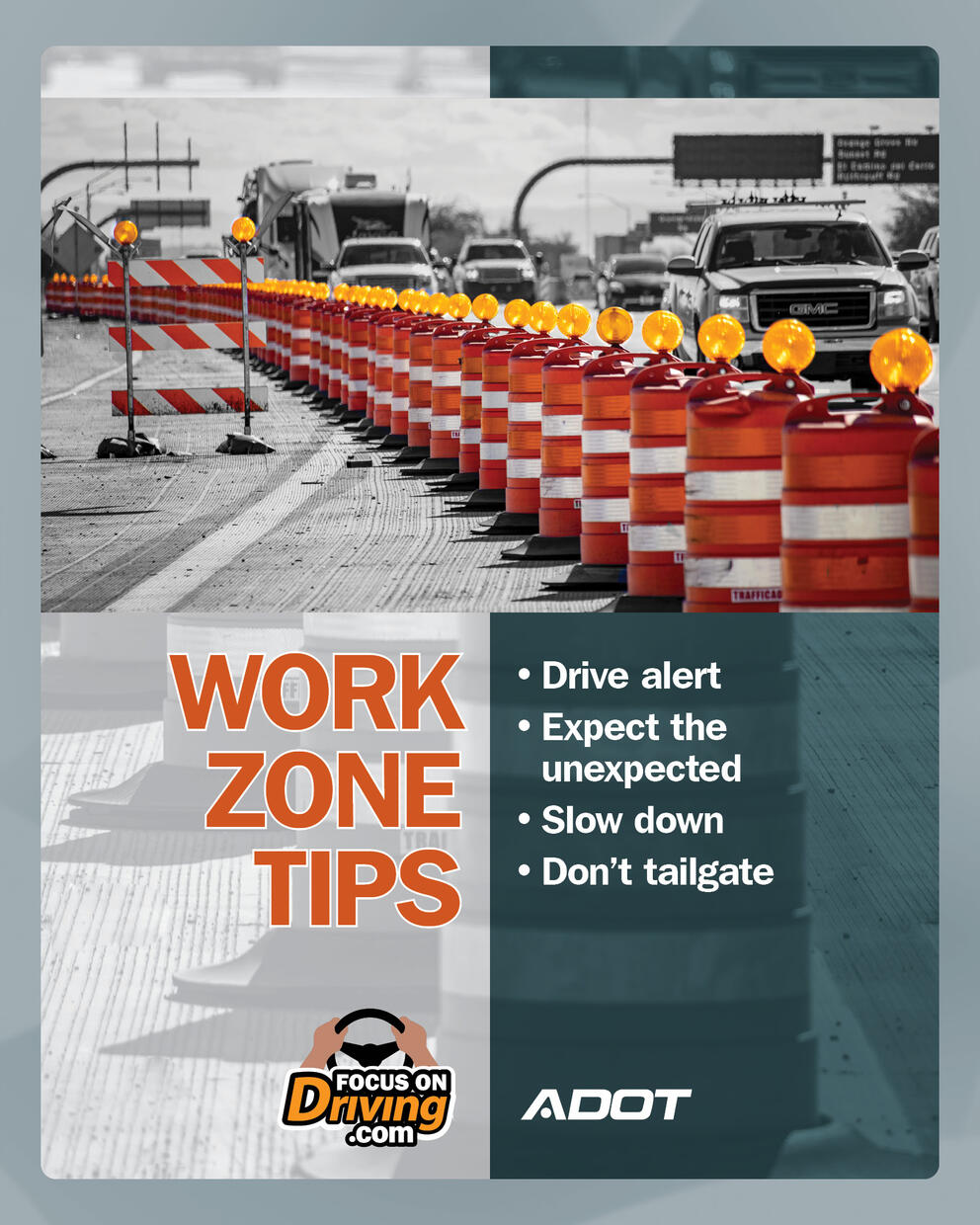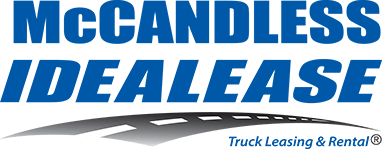Sign Up For Fall Safety Seminars!
This week's safety bulletin discusses the upcoming Fall Safety Seminars, signs of heat stroke, and more. Read the full safety bulletin here and subscribe to receive future bulletins directly to your inbox.
Idealease and the National Private Truck Council NPTC will again host safety seminars in 2023. This year's one-day workshop will focus on data available from trucks today concerning safety, basic safety and compliance, regulation changes, and CSA. Idealease customers, potential customers, and NPTC members can participate in the seminars at no charge. The seminar provides essential information applicable to both novice and experienced transportation professionals. Seminars currently available for registration have their venues secured. Registration availability will be added if the following dates are outside your area. Safety seminar information is updated weekly in this bulletin. To register for an upcoming seminar in 2023, click here.
FALL SEMINARS (Sept-Oct)
9/19/23 Reno/Sparks | NV |
9/20/23 San Leandro | CA |
9/21/23 Oxnard | CA |
9/26/23 Flint | MI |
9/28/23 Baltimore | MD |
10/19/23 Green Bay | WI |
TBD Weirton | WV |
10/11/23 Birmingham | AL |
10/12/23 Atlanta | GA |
TBD Columbia | SC |
10/17/23 Hillsboro/Portland | OR |
10/25/23 Louisville | KY |
10/26/23 Nashville | TN |
The Heat is On!
We are experiencing brutal heat waves across the U.S. A consequence of heat is heat stroke and exhaustion, which occur when the body cannot control its temperature. Knowing the warning signs of heat stroke can allow you to take the necessary preventative measures.
- Fatigue, weakness, fainting
- Nausea and vomiting
- Headache
- Dizziness
- Muscle cramps
- Irritability
- Sweating (absence or presence)
- Paleness

Employees at a greater risk for heat exhaustion and heat stroke are those with heart disease, skin diseases, extensive burns, endocrine disorders (hyperthyroidism, diabetes, etc.), high blood pressure, overweight, depression, insomnia, and fever. Over-the-counter drugs can also contribute to a greater risk for these conditions.
ALL HEAT-RELATED ILLNESSES ARE PREVENTABLE!
What can you do to prevent them?
- Use Common Sense!
- Limit your exposure to direct sunlight as much as possible.
- Drink more fluids (non-alcoholic); do not drink liquids that contain caffeine or large amounts of sugar. Sports drinks are good as they replace electrolytes and salt in your body. Avoid extremely cold fluids, as these can cause stomach cramps. Hydrate throughout the day 4-6 ounces at a time. WATER IS GOOD!
- Wear lightweight, light-colored, loose-fitting clothing that does not create a safety hazard for your work environment. If outdoors, wear a hat to reduce direct exposure to the sun.
- Ensure your employees wear sunglasses that provide UV protection and are impact resistant.
- Avoid hot foods and heavy meals. They add heat to your body.
- Drivers on routes should pack a cooler with water for the day. Also, keep an umbrella in the truck if you are operating in extreme conditions (desolate, desert, etc.); this will allow you to move quickly in an area and be protected from the sun.
- If exposure to the sun is inevitable, apply generous amounts of sunscreen with a high SPF rating to the exposed skin.
- Make sure your truck is in excellent condition. A good pre-trip inspection is crucial in extreme heat conditions to prevent breakdowns; otherwise, you may find yourself and your unit on the side of the road exposed to intense heat.
Get out the Sunglasses: July is UV Safety Awareness Month
Summertime means extra sunshine, yet protecting your skin and eyes from harmful UV rays is essential. Intense exposure to bright sunlight increases the risk of developing cataracts, macular degeneration, and growths in the eye, including cancer.
While sitting behind the wheel of a CMV, your eyes are especially at risk of UV rays all year round. Protect your eyes by wearing the proper eye protection, such as UV-blocking sunglasses.
Here are some tips from the American Academy of Ophthalmology:
- Focus on something other than the color or darkness of sunglass lenses: Select sunglasses that block UV rays. Don't be deceived by color or cost. The ability to block UV light is not dependent on the price tag or how dark the sunglass lenses are.
- Check for 100 percent UV protection: Make sure your sunglasses block 100 percent UV-A and UV-B rays.
- Choose wrap-around styles: Ideally, your sunglasses should wrap around your temples, so the sun's rays can't enter from the side.
- Wear a hat: In addition to your sunglasses, wear a broad-brimmed hat to protect your eyes.
- Don't rely on contact lenses: Remember your sunglasses even if you wear contact lenses with UV protection.
- Don't be fooled by clouds: The sun's rays can pass through haze and thin clouds. Sun damage to the eyes can occur anytime during the year, not just in the summertime.
- Protect your eyes during peak sun times: Wear sunglasses whenever outside, and it's imperative to wear sunglasses in the early afternoon and at higher altitudes, where UV light is more intense.
- Never look directly at the sun. Looking directly at the sun at any time, including during an eclipse, can lead to solar retinopathy and damage the eye's retina from solar radiation.
- Remember the kids: Everyone is at risk, including children.
- Protect their eyes with hats and sunglasses. In addition, try to keep children out of the sun between 10 a.m. and 2 p.m., when the sun's UV rays are the strongest.

CVSA’s Brake Safety Week Scheduled for Aug. 20-26
The Commercial Vehicle Safety Alliance (CVSA) has scheduled this year’s Brake Safety Week for Aug. 20-26 with a focus on brake lining/pad violations.
During Brake Safety Week, commercial motor vehicle inspectors highlight the importance of brake systems by conducting inspections of their components and removing commercial motor vehicles found to have brake-related out-of-service violations from our roadways until those violations are corrected.
CVSA’s Operation Airbrake Program is dedicated to improving commercial vehicle brake safety throughout North America. The goal is to reduce the number of highway crashes caused by faulty braking systems on commercial motor vehicles by conducting roadside inspections and educating drivers, mechanics, owner-operators, and others on the importance of proper brake inspection, maintenance, and operation.

Work Zone Awareness
We are in the middle of work zone season, and you will likely drive through a work zone. "Though overall [motor vehicle] fatalities have decreased in the long run, the top three crash contributors – impaired driving, lack of restraint use and speeding – have persistently each accounted for nearly a third of all crash fatalities," noted John Saunders, director of highway safety for the Virginia Department of Motor Vehicles, in testimony during a June 30 hearing before the Senate Committee on Commerce, Science, and Transportation's Subcommittee on Transportation and Safety. Now is the time to reinforce the dangers around Work Zones to your drivers!
10 Tips for Driving Safely in Work Zones
- EXPECT THE UNEXPECTED! (Be aware of reduced speed limits, changing traffic lanes, and people may be working on or near the road.)
- SLOW DOWN and TURN ON YOUR FOUR-WAY FLASHERS. (Speeding is one of the major causes of work zone crashes.)
- DON'T TAILGATE! KEEP A SAFE DISTANCE BETWEEN YOU AND THE VEHICLE AHEAD OF YOU. (The rear-end collision is the most common crash in a highway work zone. So, don't tailgate.)
- KEEP A SAFE DISTANCE BETWEEN YOUR VEHICLE AND THE CONSTRUCTION WORKERS AND THEIR EQUIPMENT.
- PAY ATTENTION TO THE SIGNS! (The warning signs help you and other drivers move safely through the work zone. Observe the posted signs until you see the one that says you've left the work zone.)
- OBEY ROAD CREW FLAGGERS! (A flagger has the same authority as a regulatory sign, disobeying their actions can lead to a citation)
- STAY ALERT AND MINIMIZE DISTRACTIONS! (Dedicate your full attention to the roadway and avoid changing radio stations or using cell phones while driving in a work zone.
- KEEP UP WITH THE TRAFFIC FLOW. (Motorists can help maintain traffic flow and posted speeds by merging as soon as possible. Don't drive up to the lane closure and try to cut in.)
- SCHEDULE ENOUGH TIME TO DRIVE SAFELY AND CHECK RADIO, TV, AND WEBSITES FOR TRAFFIC INFORMATION. (Expect delays and leave early to reach your destination on time. Check the National Work Zone Safety Information Clearinghouse - http://wzsafety.tamu.edu - for information on work zone delays throughout the country.)
- BE PATIENT AND STAY CALM. (Work zones aren't there to personally inconvenience you. Remember, the work zone crew members are working to improve the road and make your future drive better.)
*The Idealease Safety Bulletin is provided for Idealease locations and their customers and is not to be construed as a complete or exhaustive source of compliance or safety information. The Idealease Safety Bulletin is advisory in nature and does not warrant, guarantee, or otherwise certify compliance with laws, regulations, requirements, or guidelines of any local, state, or Federal agency and/or governing body, or industry standard
